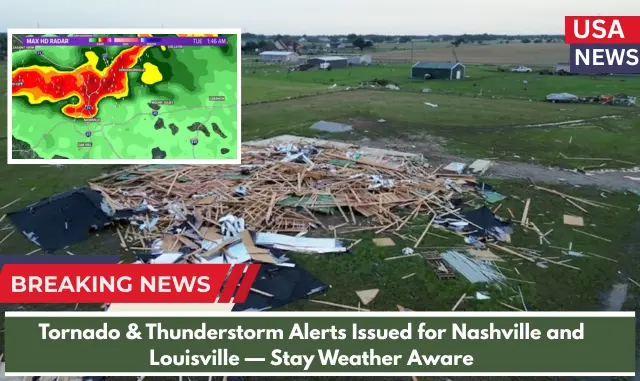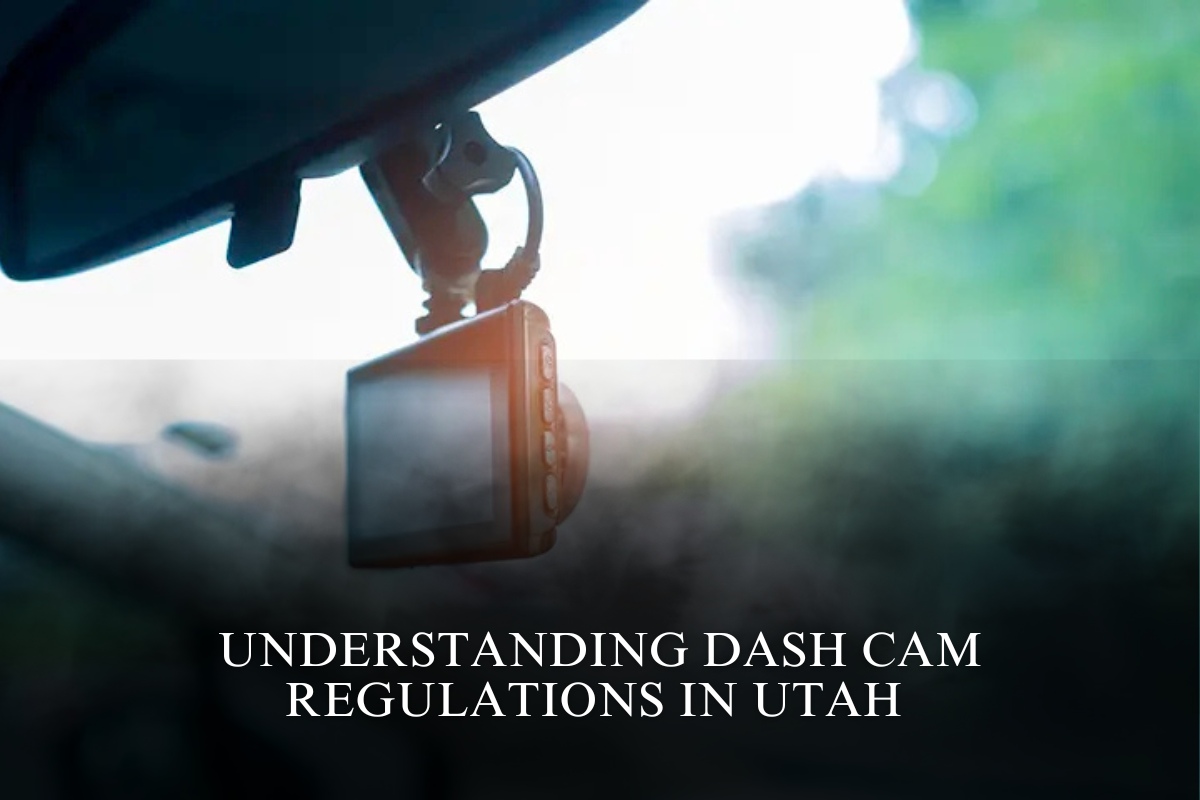A severe thunderstorm warning has been issued for parts of central Tennessee and northern Kentucky, while a tornado alert is now in effect for broader surrounding areas, including regions across middle Tennessee and southern Indiana. Cities like Nashville, TN and Louisville, KY are under special watch as volatile weather patterns continue to shift.
Areas Currently Affected:
The thunderstorm warning is impacting counties across Davidson, Sumner, and Wilson in Tennessee, and Jefferson and Oldham in Kentucky. The tornado alert stretches across central Tennessee, southern Indiana, and even parts of western Kentucky. While the current tornado risk remains moderate, the National Weather Service (NWS) urges extreme caution.
🌀 NWS Statement:
“The storm that prompted the warning is beginning to weaken, but isolated pockets of severe weather are still possible. Residents should remain alert.”
Lightning Safety: Stay Protected in Storm-Prone Areas
Lightning strikes the U.S. around 25 million times per year, especially during the summer. With thunderstorms developing near Nashville and Louisville, staying safe is essential.
Before and During the Storm:
- Have an emergency shelter plan.
- If you hear thunder, you’re close enough to be struck—seek shelter immediately.
- Watch for darkening skies and shifting winds.
Indoors Safety Tips:
- Avoid using corded phones, wired electronics, and plumbing.
- Stay away from windows and doors.
- Wait at least 30 minutes after the last thunderclap before going outside.
Caught Outside? Take These Safety Steps:
If you’re near open areas like parks or lakes in Nashville or Louisville, and can’t get indoors:
- Avoid open fields and hilltops.
- Stay away from tall, isolated trees.
- Spread out if you’re with a group—lightning can strike multiple people at once.
- Avoid metal objects, water, and anything wet—these conduct electricity.
Driving During Storms: What You Need to Know
Storms like the ones hitting Nashville and Louisville can create hazardous driving conditions:
- Don’t drive through flooded roads—“Turn around, don’t drown.”
- Double your following distance.
- Avoid hydroplaning by slowing down gradually.
- Stick to middle lanes, which typically drain better.
- Use headlights even in daytime storms.
If conditions become too dangerous:
- Pull over safely—preferably at a rest stop.
- Turn on hazard lights.
- Don’t stop on the shoulder unless absolutely necessary.
Stay Alert. Stay Safe.
Whether you’re in Nashville, Louisville, or surrounding areas under threat, staying informed and prepared can make all the difference. Monitor weather alerts from the National Weather Service, follow local emergency updates, and prioritize your safety above all.












